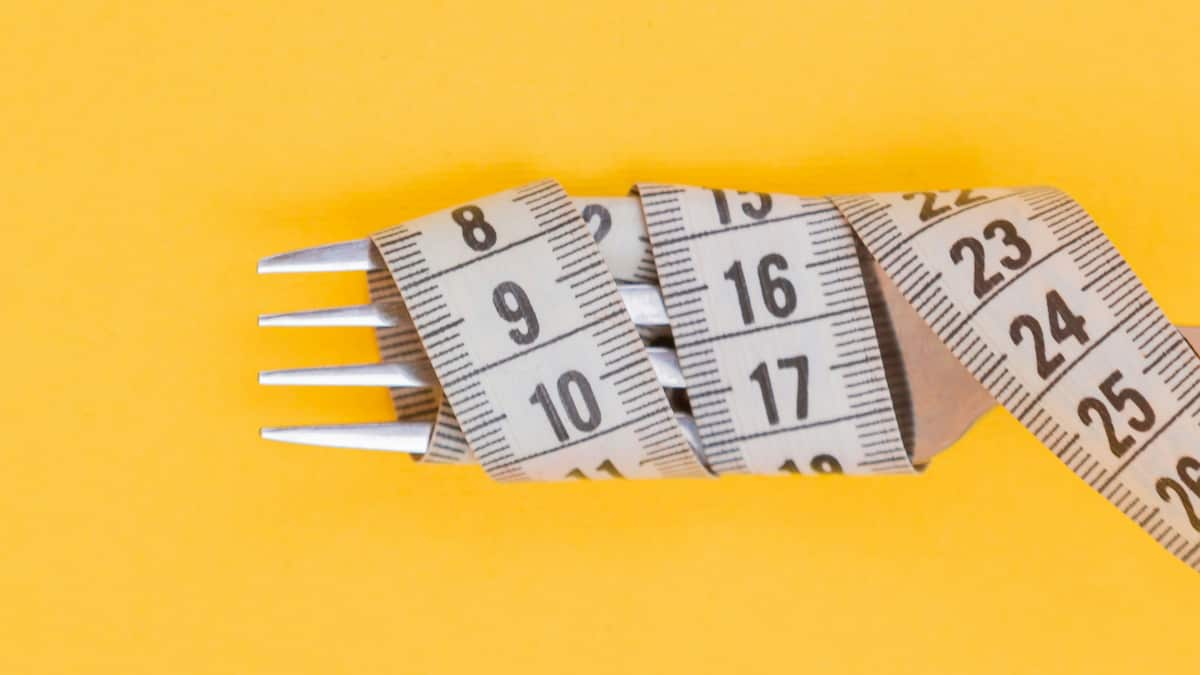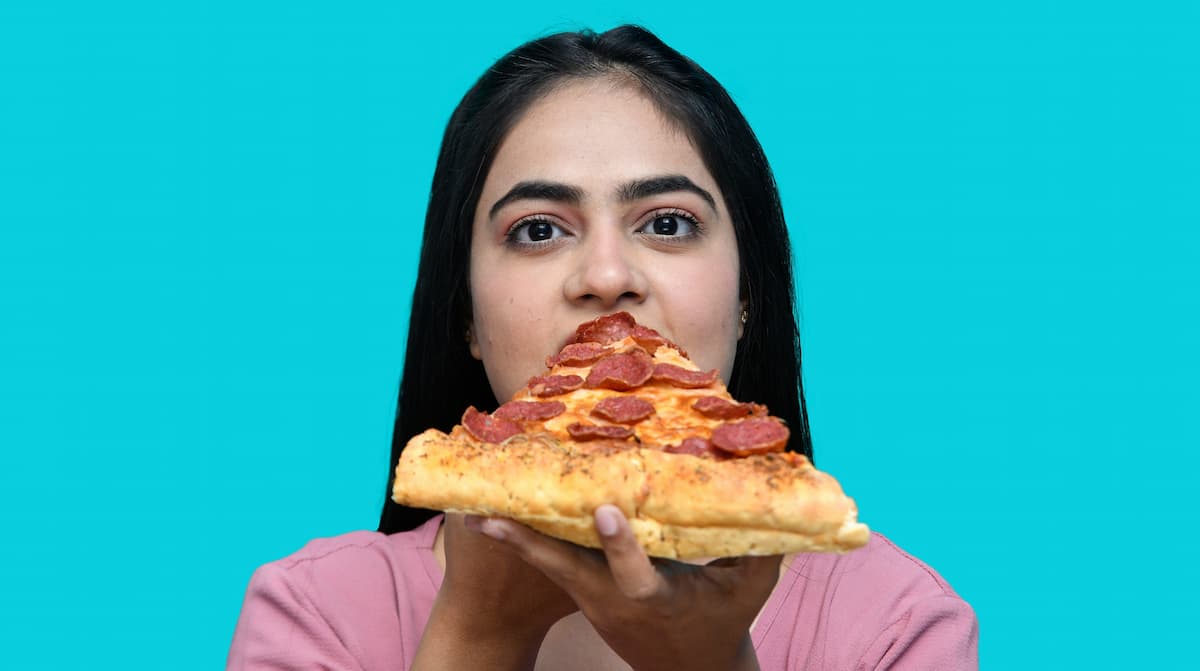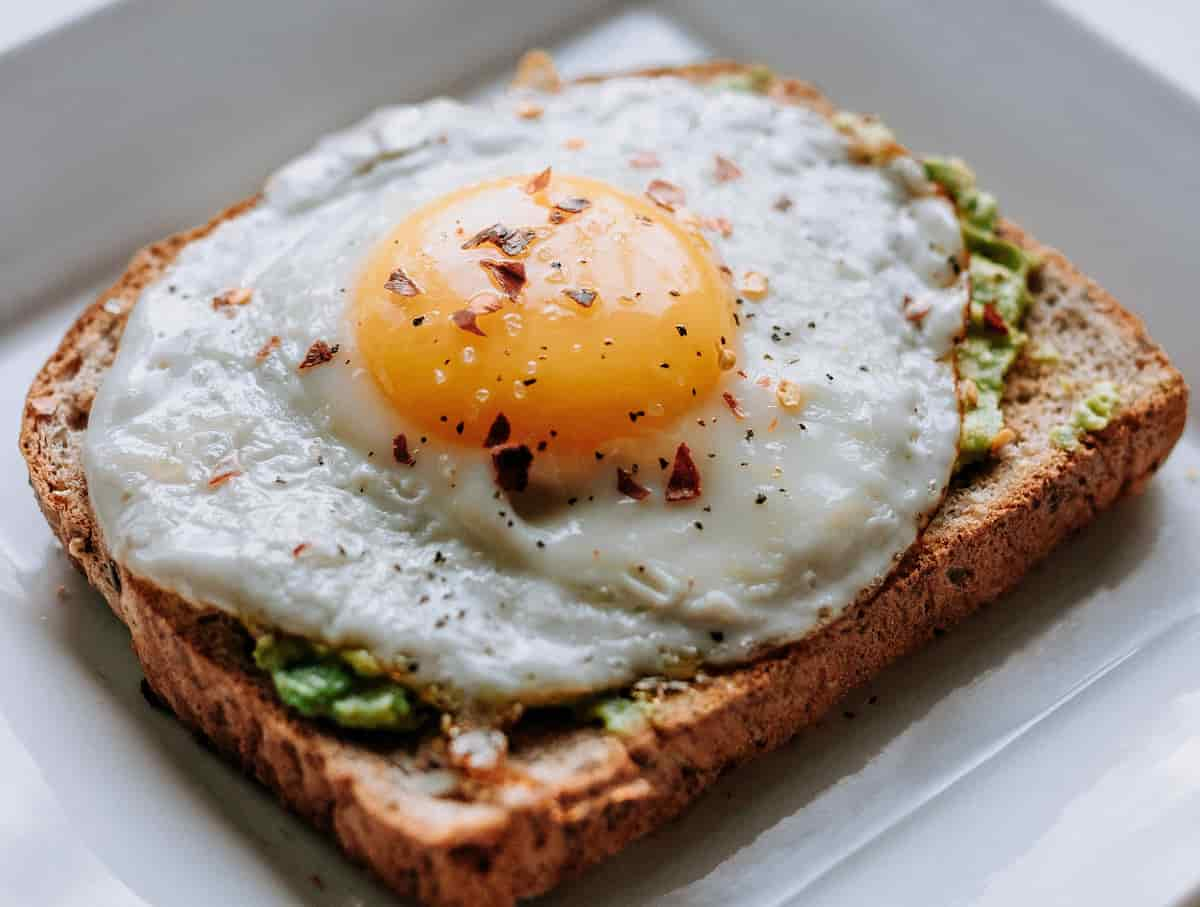Up to 40 percent of the population have a vitamin D deficiency.
Taking vitamin D supplements is linked to losing four times as much weight, research finds.
People who took a vitamin D supplement also doubled the number of inches by which they reduced their waistlines.
As many as 40 percent of the population have a vitamin D deficiency.
A deficiency in this vitamin has been linked to increased inflammation the body.
Foods that are rich in vitamin D include oily fish and eggs, but most people get their vitamin D from the action of sunlight on the skin.
Being deficient in vitamin D is repeatedly linked to being overweight and obese.
The conclusions come from a study of 400 obese and overweight people, all of whom had a vitamin D deficiency.
All were put on a low-calorie diet, but they were split into three groups, with each given different amounts of vitamin D supplementation.
One had none, another had 3,000 IU per day and the remainder had 800 IU per day.
After six months, the results showed that those taking the highest amount of 3,000 per day had lost 12 pounds.
Those taking 800 IU per day had lost 8 pounds and those taking none lost just 2.6 pounds.
The study’s authors explain the results:
“The present data indicate that in obese and overweight people with vitamin D deficiency, vitamin D supplementation aids weight loss and enhances the beneficial effects of a reduced-calorie diet.”
The results also revealed that vitamin D helped people lose more from their waistlines.
The group taking 3,000 IU per day lost two inches in comparison to just 1 inch in the control group.
The researchers conclude:
“All people affected by obesity should have their levels of vitamin D tested to see if they are deficient, and if so, begin taking supplements.”
The study was presented at the European Congress on Obesity, 2015 (Vigna et al., 2015).









